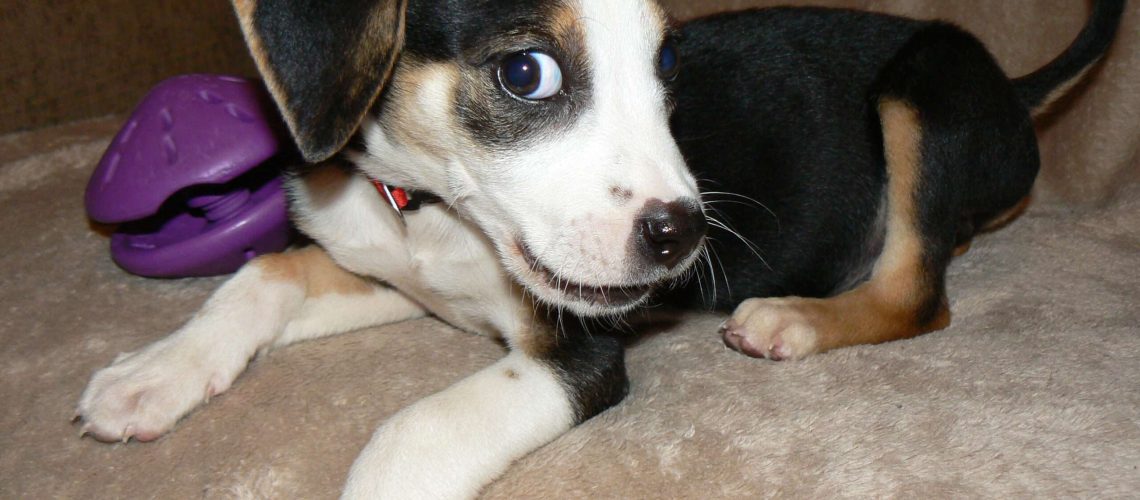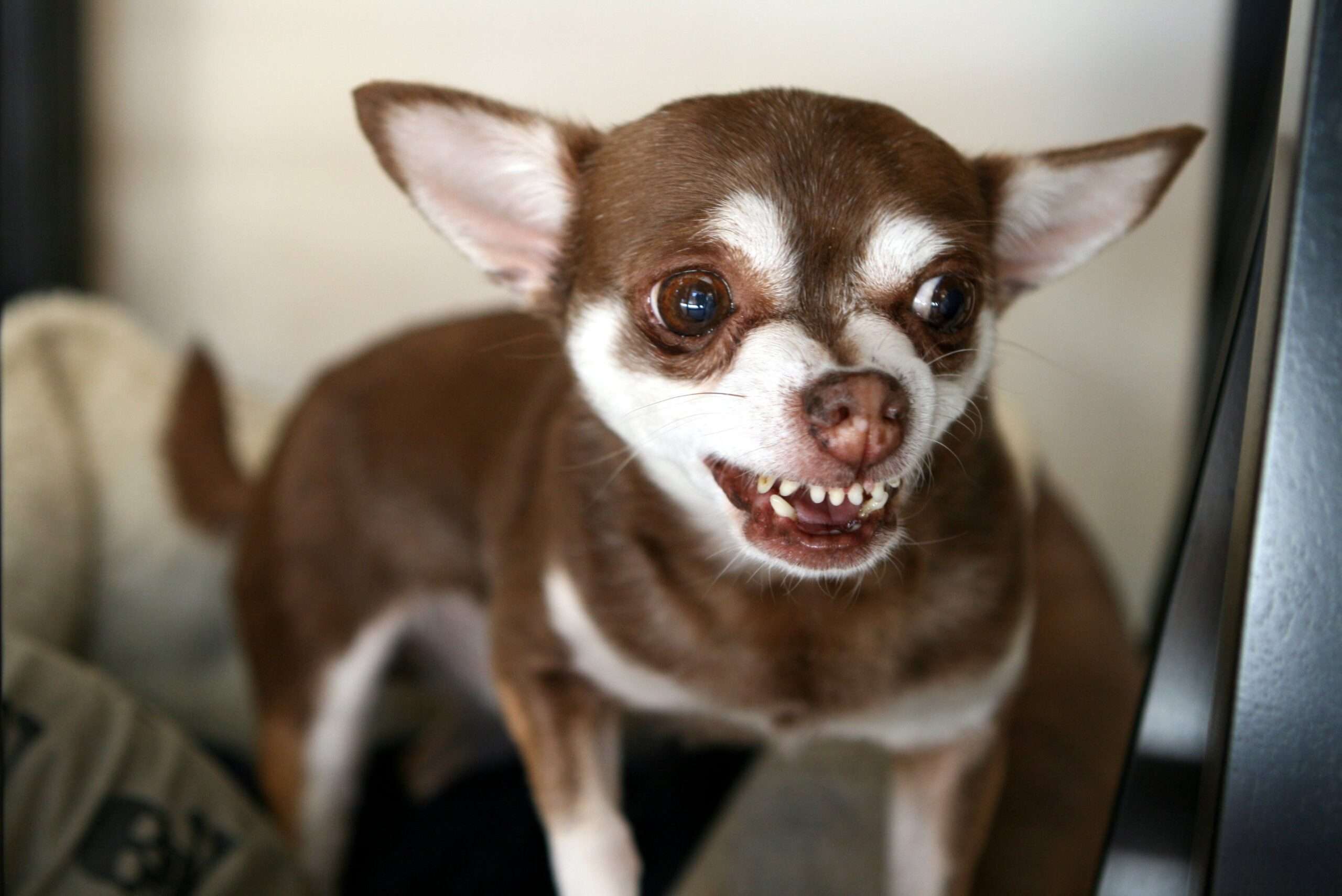Key Takeaways:
- Whale eye refers to a dog's wide-eyed expression where the whites of their eyes are visible.
- It is often a sign of fear, anxiety, or stress in dogs.
- Dogs may display whale eye when they feel threatened or uncomfortable in a particular situation.
- It is important for dog owners and handlers to recognize whale eye as a warning sign and take appropriate action to alleviate the dog's stress.
- Ignoring or misinterpreting whale eye can lead to further anxiety and potentially aggressive behavior from the dog.
Do you ever wonder what your furry friend is trying to tell you? Dogs have their own unique way of communicating, and understanding their body language can help strengthen the bond between you and your pet. One intriguing aspect of dog body language is known as "whale eye." This term refers to a specific expression that dogs display when they are feeling uneasy or anxious. By learning to recognize this subtle cue, you can better understand your dog's emotions and provide them with the care and support they need. So, let's dive into the fascinating world of dog body language and unravel the mystery behind what whale eye really means.
Understanding "Whale Eye" in Dogs: What Does It Mean?
What is "Whale Eye"?
"Whale eye" is a term used to describe a specific behavior that dogs sometimes display. It refers to when a dog's eyes appear wide and the whites of their eyes are visible, similar to how the eye of a whale looks. This behavior is often an indication that the dog is feeling stressed, uncomfortable, or fearful. Understanding what whale eye means can help us better understand our furry friends and provide them with the support they need.
Why is it called "Whale Eye"?
The term "whale eye" comes from the similarity between a dog's wide-eyed look and the way a whale's eye appears when it surfaces above water. Just like how a whale's eye stands out against its dark skin, a dog's eyes may seem more prominent when they are displaying this behavior. The name helps us visualize and understand the unique appearance associated with this behavior.
Recognizing Whale Eye in Dogs: How to Tell If Your Pet Is Displaying It
Signs of Whale Eye
To recognize if your dog is displaying whale eye, look for these signs:
- Your dog's eyes appear wider than usual
- You can see more of the white part (sclera) around their eyes
- Their pupils may be dilated (larger than normal)
Paying Attention to Body Language
In addition to their eyes, observing your dog's overall body language can also help you determine if they are showing whale eye. They may exhibit other signs of stress or discomfort such as:
- Tail tucked between their legs
- Ears pinned back against their head
- Body lowered or crouched
- Attempting to hide or retreat
The Reasons Behind Whale Eye Behavior in Dogs: Why Do They Do It?
Communication and Emotional State
Dogs display whale eye as a way to communicate their emotions. It is often a sign that they are feeling anxious, scared, or uncomfortable in a particular situation. Dogs have different ways of expressing themselves compared to humans, and whale eye is one of the ways they try to convey their feelings.
Protective Instincts
In some cases, dogs may show whale eye when they are trying to keep an eye on something while also being cautious. This behavior can be seen when a dog is guarding something valuable or feels threatened. It's their way of staying alert and ready to react if needed.
Triggers for Whale Eye in Dogs: Situations and Emotions That Cause It
New Environments or Strangers
A change in environment or encountering unfamiliar people can trigger whale eye in dogs. They may feel uncertain or threatened by new surroundings or individuals, causing them to display this behavior as a response to their discomfort.
Loud Noises and Sudden Movements
Dogs have sensitive hearing and can be startled by loud noises such as thunderstorms or fireworks. Sudden movements around them can also trigger fear or anxiety, leading to the display of whale eye.
Identifying Stress and Discomfort in Dogs: Other Common Signs to Look For
Panting and Drooling Excessively
When dogs are stressed or uncomfortable, they may pant heavily and drool more than usual. These physical signs often accompany whale eye and indicate that your dog is experiencing heightened emotions.
Restlessness and Pacing
If your dog appears restless, constantly moving around, or pacing back and forth, it can be a sign of stress. They may be trying to alleviate their discomfort by seeking an escape from the situation causing them distress.
Helping a Dog with Whale Eye Feel More Comfortable: What Can Humans Do?
Create a Safe Space
Provide your dog with a designated safe space where they can retreat when feeling stressed. This could be a quiet room or a crate filled with comfortable bedding. Make sure this space is always accessible to them.
Avoid Forceful Approaches
If your dog is displaying whale eye, it's important not to force them into situations that make them uncomfortable. Respect their boundaries and give them time to adjust at their own pace. Forcing interactions can worsen their stress levels.
Encountering a Dog Showing Whale Eye: How Should You Respond?
Give Them Space
If you come across a dog showing whale eye, it's best to give them some space and avoid direct eye contact. Approaching too quickly or invading their personal space can escalate their anxiety further.
Show Calmness and Confidence
Dogs are sensitive to human emotions, so maintaining a calm and confident demeanor can help reassure them. Avoid sudden movements or loud noises that could startle the dog further.
In conclusion, whale eye in dog body language is when a dog shows the whites of their eyes, which can indicate fear, anxiety, or discomfort. It's important to understand this behavior to better communicate with and care for our furry friends.
Why does my dog look at me with whale eyes?
When a dog shows "whale eye," it typically means that they are feeling anxious and uncomfortable in their surroundings. This can indicate that the dog is stressed and possibly fearful. It is also a warning sign that the dog may become defensively aggressive. An anxious dog is more prone to biting.
Why is it called whale eye in dogs?
Putting the jokes aside, the term "whale eye" was coined by Sue Sternberg, an author and expert on dog aggression. Sternberg explained that a client of hers made an observation about how the eyes of whales often show a significant amount of white, regardless of the direction the head is turned. This term is used to describe a similar eye appearance in dogs.
How do you stop whale eyes in dogs?
Stop immediately and evaluate the situation to identify the potential cause. Then, proceed cautiously and try to redirect your dog's focus onto something else in order to reduce the stress that is causing the dog's strained gaze. It is important to learn how to interpret your dog's body language.
What is the difference between whale eye and side eye dog?
When a dog exhibits whale eye, it means that its head is slightly turned away but its gaze is fixed on a person or object. This behavior is what led to the term "side-eye". It is visible when the dog focuses its gaze on something in its line of sight, such as a person, toy, or food.
What does it mean when your dog gives you side eyes?
Whale eye in dogs is when your dog gives you a sidelong glance that reveals the whites of their eyes. This behavior is typically a sign of discomfort or stress in the dog, and sometimes their eyes may even appear slightly bulging.
What does it mean when a dog looks at you with a side eye?
When a dog is feeling upset, its level of attentiveness will increase. In this state, a simple sideways glance may suggest mild annoyance or irritation, while a wide-eyed look typically indicates that the dog is ready to become aggressive and potentially violent.

















